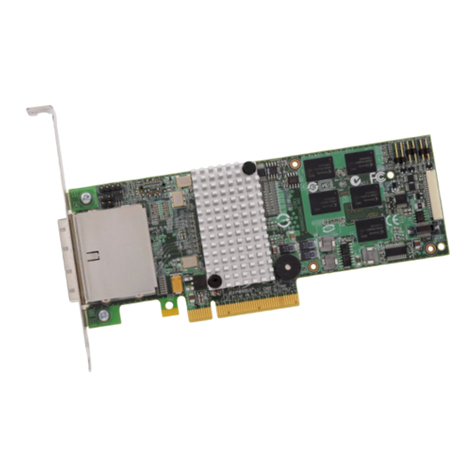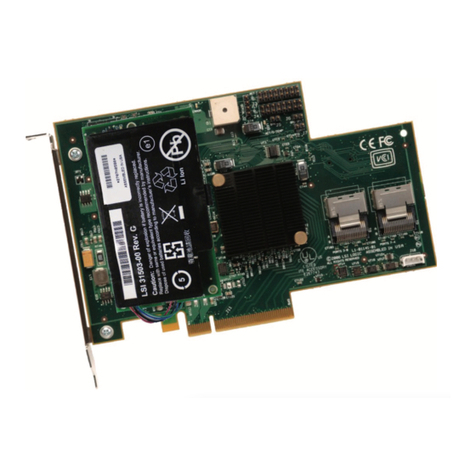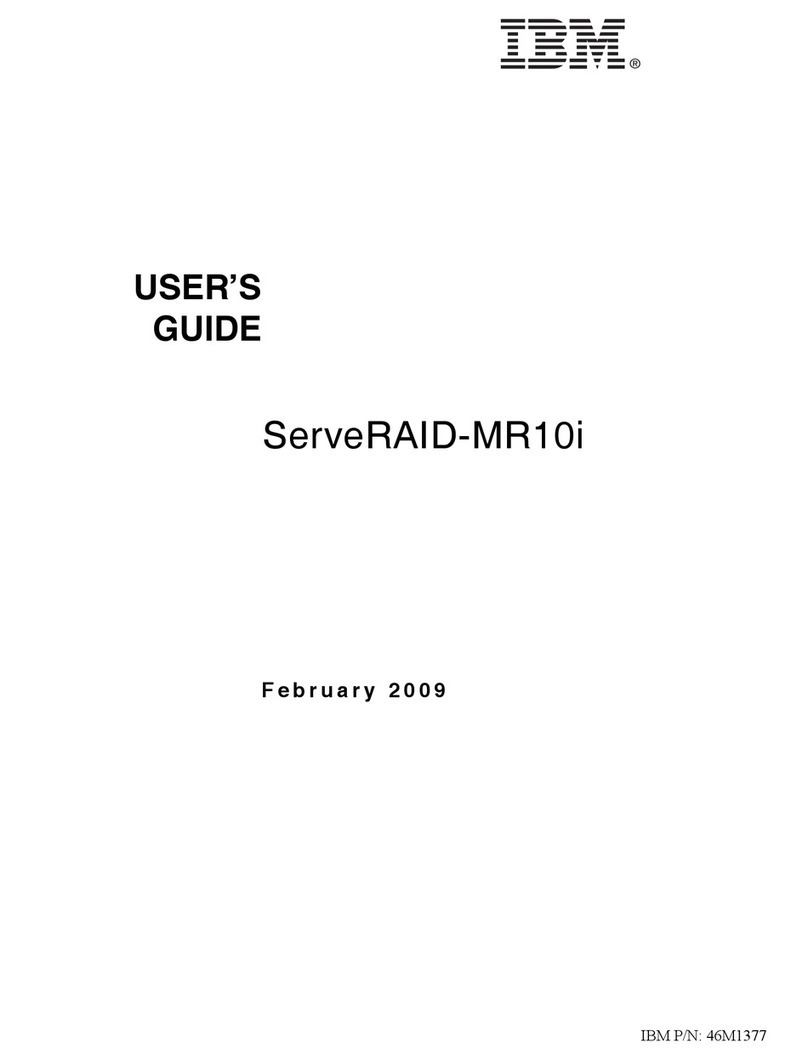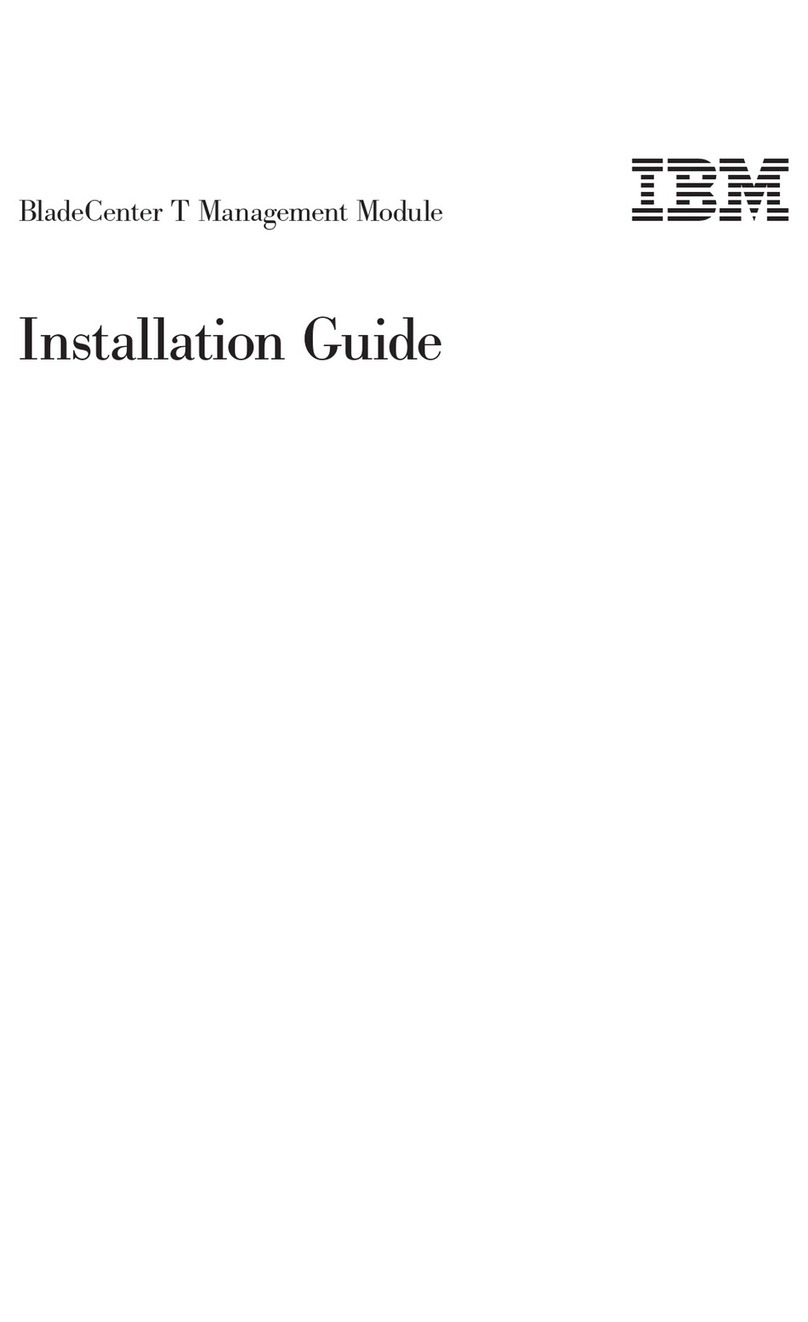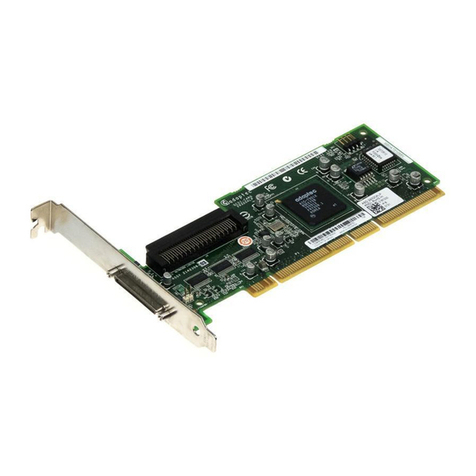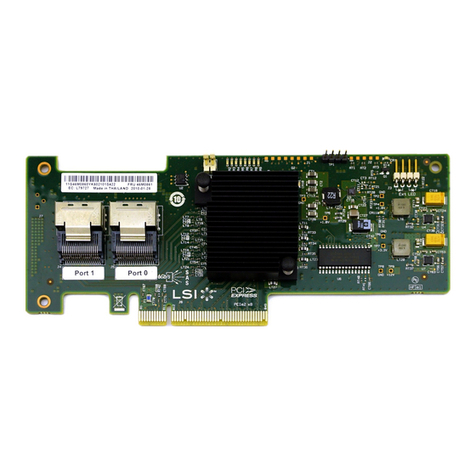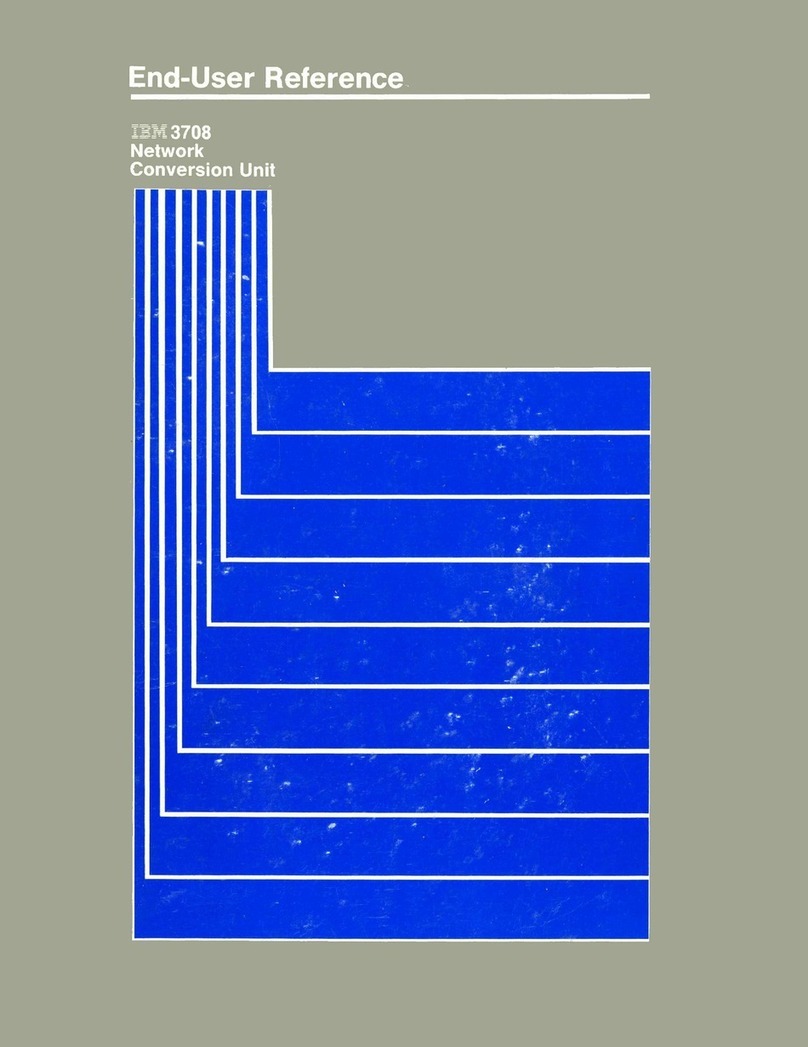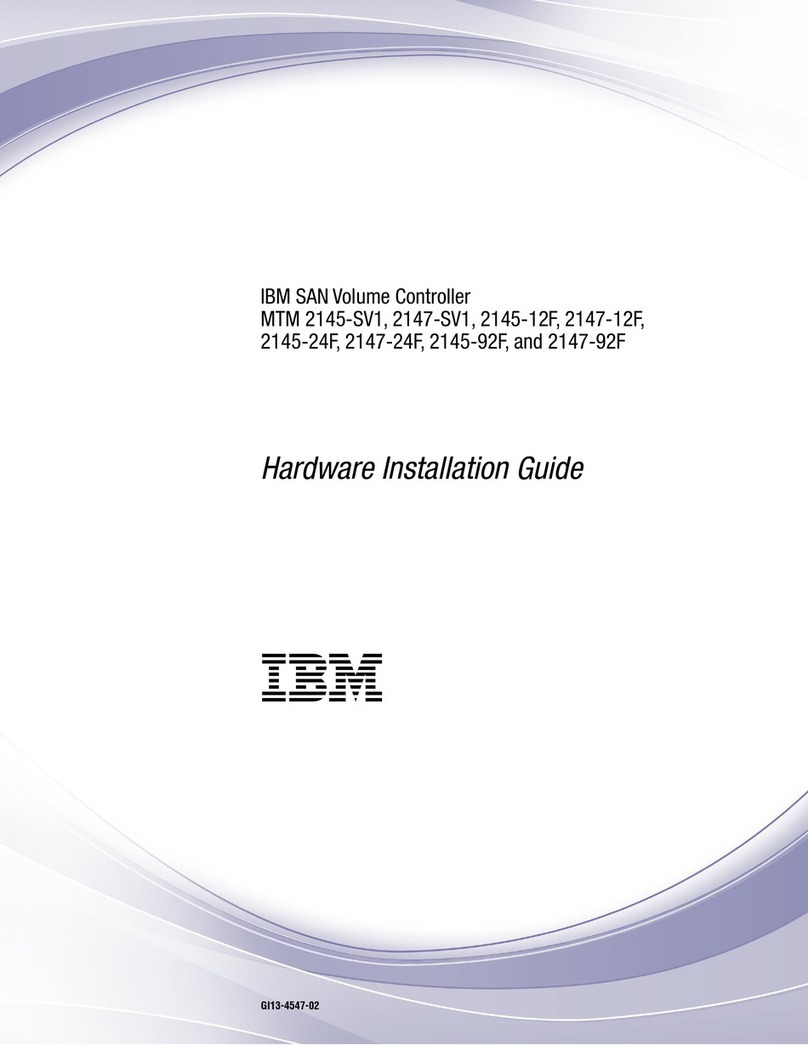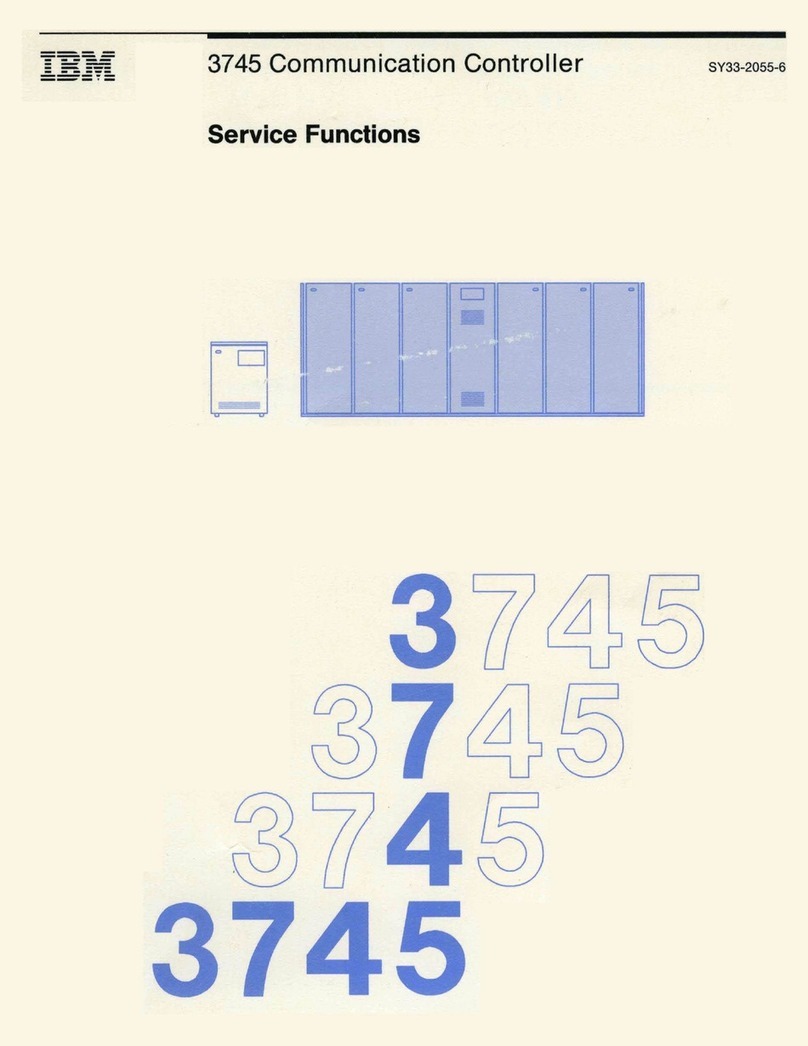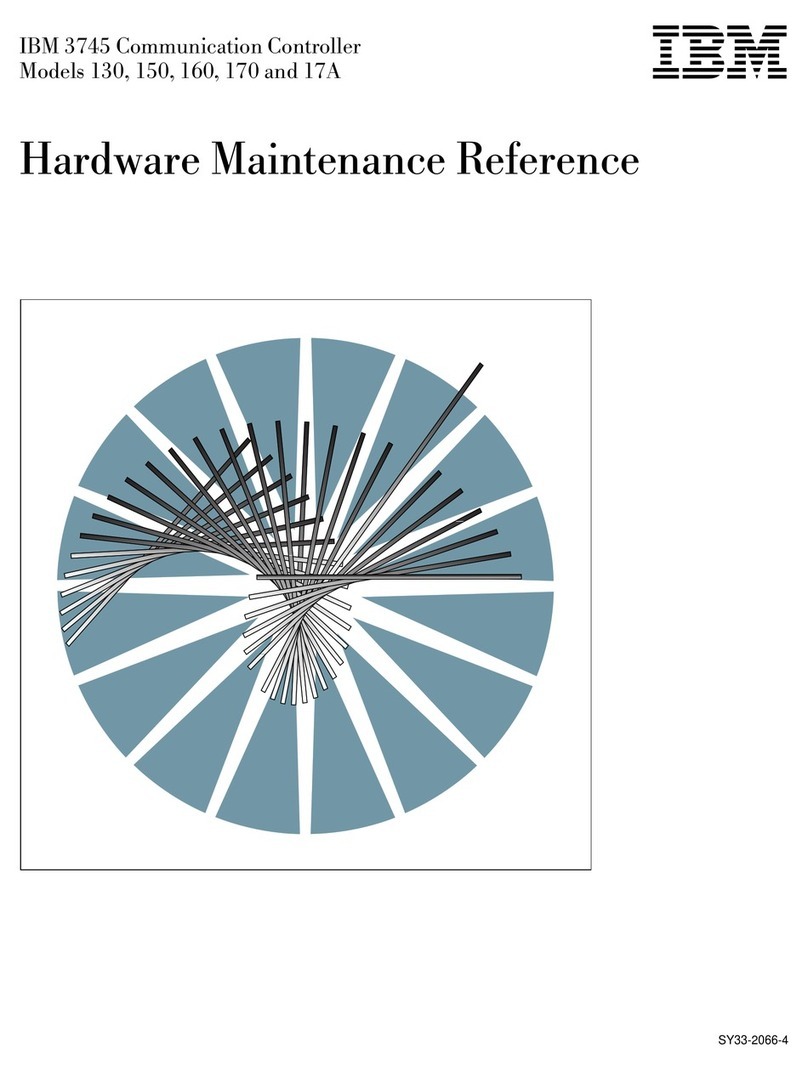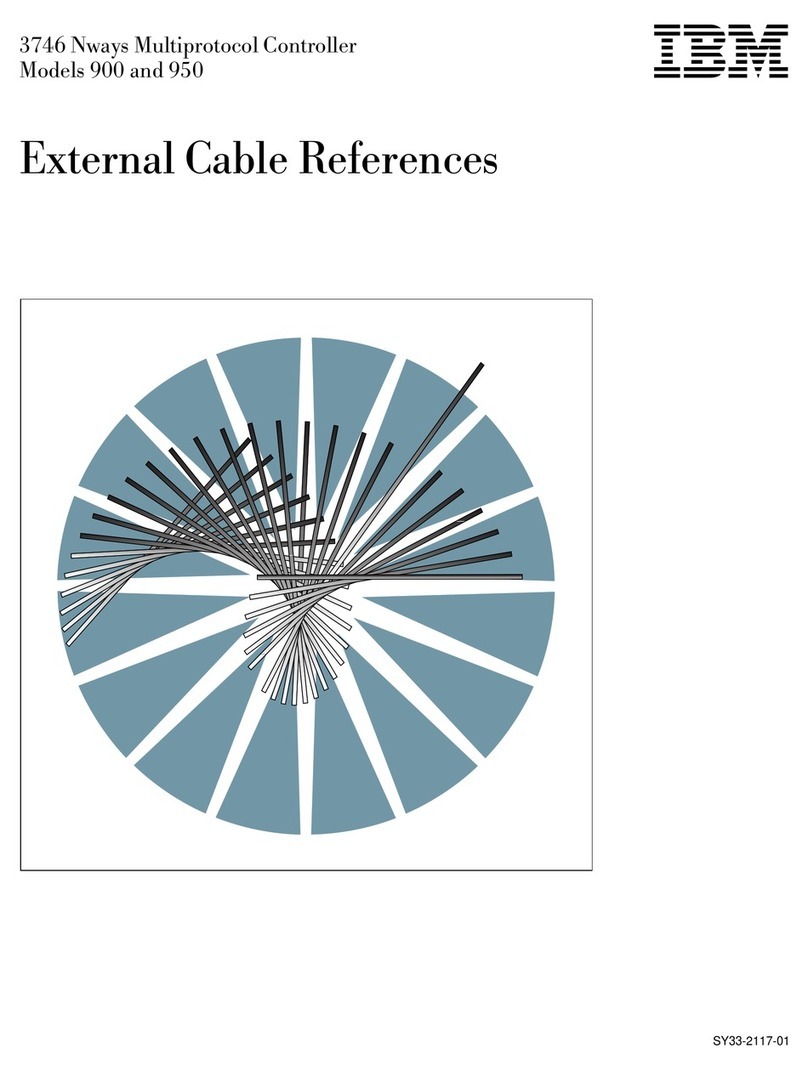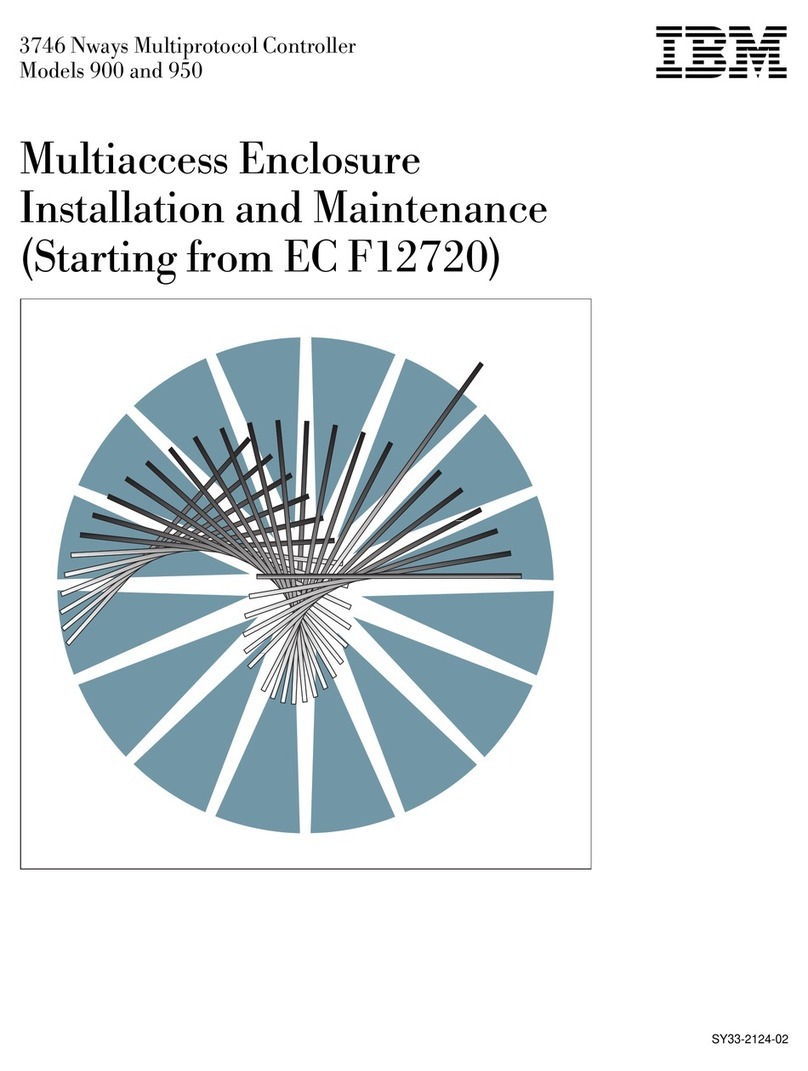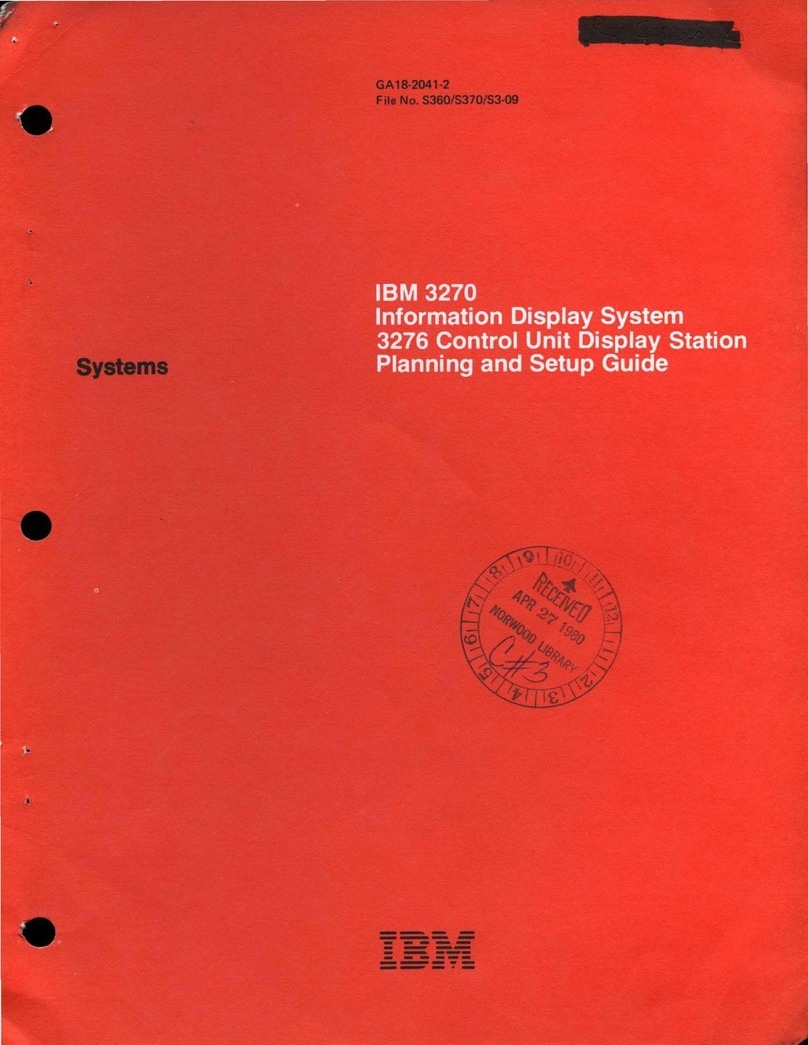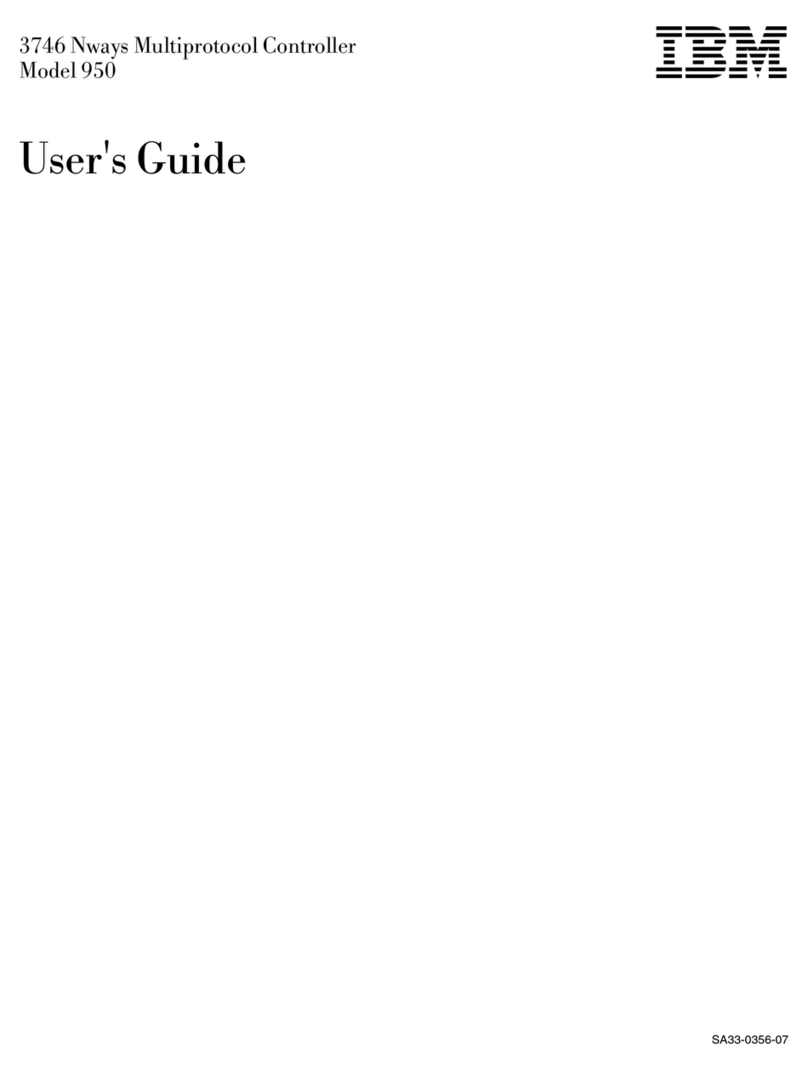
Installing device drivers for Windows NT ................................... 54
Installing the files for Windows NT 3.5 .................................... 54
Installing the files for Windows NT 3.5 .................................... 54
Installing the files for Windows NT 4.0 .................................... 56
Installing device drivers for NetWare ..................................... 58
Installing device drivers for OS/2 ....................................... 61
Installing device drivers for OpenServer ................................... 64
Installing device drivers for UnixWare .................................... 67
Starting the Background-Server components ................................ 70
Using the Background-Server components ................................. 71
IBM ServeRAID fault-tolerant applet ....................................... 73
Using the applet screen ............................................ 73
Command-Line Programs - IPSSEND and IPSMON ............................. 74
Installing IPSSEND and IPSMON for OS/2, NetWare, or Windows NT ................. 74
Installing IPSSEND and IPSMON for OpenServer ............................. 75
Installing IPSSEND and IPSMON for UnixWare .............................. 76
Installing IPSSEND for IBM DOS ....................................... 76
Chapter 5. The ServeRAID Manager program ............................... 79
Using the ServeRAID Manager program .................................... 80
Starting the ServeRAID Manager Program ................................. 81
Using the Information Mode .......................................... 83
Changing the ServeRAID configuration settings .............................. 88
Using the Tool Bar ............................................... 89
Using the Menu Bar ............................................... 89
Using the Configuration Mode ......................................... 93
Logical Drive Migration ............................................. 93
Notification Manager . . . . . . . . . . . . . . . . . . . . . . . . . . . . . . . . . . . . . . . . . . . . . . . . 93
Notification Manager Screen .......................................... 94
Using the Tool Bar ............................................... 95
Understanding the Notification List ...................................... 95
Understanding the Notification Event Viewer and events ......................... 96
Security Manager . . . . . . . . . . . . . . . . . . . . . . . . . . . . . . . . . . . . . . . . . . . . . . . . . . 96
Security Manager Screen ........................................... 97
Using the Tool Bar ............................................... 98
Understanding the Security List ........................................ 98
Understanding the Security Event Viewer and events ........................... 98
Chapter 6. Starting and using the Administration and Monitoring Program ............ 101
Starting and Using the Administration and Monitoring Program ...................... 102
Using the Administration and Monitoring Program .............................. 103
Using the Options Pull-Down Menu ..................................... 103
Using the administration functions ..................................... 107
Using the monitoring functions ....................................... 117
Chapter 7. Starting and using the command line programs ..................... 121
Starting the IPSSEND program ......................................... 122
Using the IPSSEND program .......................................... 122
Server Roll-Out commands ......................................... 122
Error-Recovery commands . . . . . . . . . . . . . . . . . . . . . . . . . . . . . . . . . . . . . . . . . . 124
Problem-Isolation and Debug commands ................................. 125
RAID Configuration commands ....................................... 128
FLASHCOPY commands (for Windows NT only) ............................. 129
Starting the IPSMON program ......................................... 134
iv IBM ServeRAID-3H, ServeRAID-3HB, and ServeRAID-3L, Controllers
